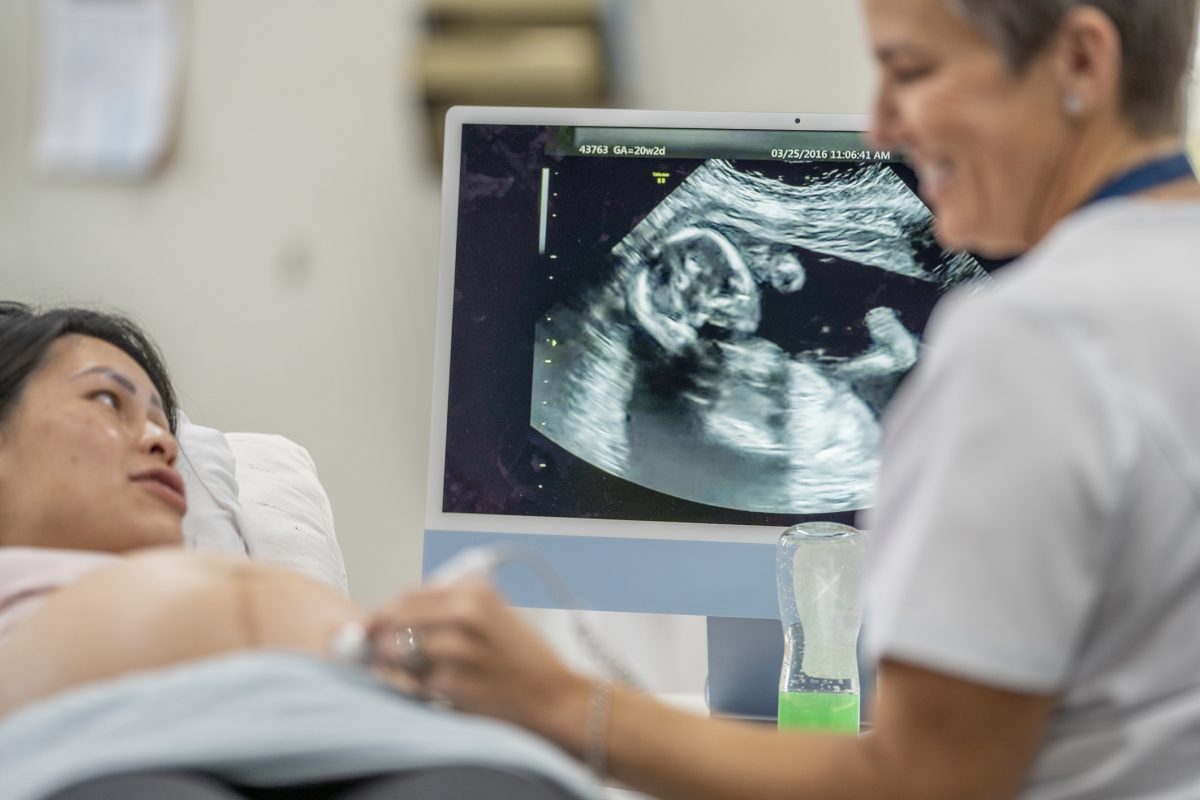
Australian women are increasingly late bloomers, and that’s creating problems. Photo: FatCamera.
Who’d want to be a parent?
Well, fewer and fewer of us. With a total fertility of only 1.7 births per woman, Australia continues to reproduce at less than replacement, with immigration filling the gap.
According to the ABS, the total fertility rate after 1921 peaked at 3.55 in 1961 and has been trending down ever since, with rises in the 1970s and in 2008 when it hit 2.02.
Since then, it has continued to fall, hitting a low of 1.59 during COVID, but then recovering.
The ACT (1.45) has the lowest total fertility rate in the country.
The situation throws up a lot of contradictions as more and more women defer starting a family into their 30s while others anguish about their or their partners’ infertility, while others who can afford it embark on gruelling rounds of IVF treatment that have low success rates.
By 2020, a little more than half of Australian women had their first child at or over 30 years of age, and 17 per cent of first-time mothers were 35 years or older.
The fact is the older we are, the less chance there is of conceiving a child.
Yet, for many reasons, that is what many are doing, living in hope or denial that there will still be enough time.
But looking at what young people are facing, who can blame them?
Putting aside the narcissism of extended adolescence and fear of a world seemingly imploding, starting a family can be a very poor financial decision.
Lack of sleep, the inability to finish a sentence without interruption or the strains on a relationship are but passing clouds compared to the economic grind of soaring housing costs, student debt repayments, ever-rising childcare costs and income loss.
Many look at what it all adds up to and decide to wait until they are qualified, increasingly at an older age (whether it be tertiary or vocational), established in their work, have saved enough on the requisite two incomes or three for a home deposit or at least some semblance of economic security.
The problem is that goal of economic security keeps disappearing into the horizon.
And when the baby does arrive, before long, whether families like it or not, the cost of the child care that supports those two incomes can erode what advantage, or equilibrium, they provide.
The Albanese Government made more childcare support an election promise and has duly delivered, but the subsidised private sector model is simply chewing up that extra support in higher fees.
One could argue, in the parlance of those who oversaw the demise of the community-based not-for-profit model, that child care is a tax on the family.
Many couples are not having the number of children they might have wished for, deciding their finances and family bonds just won’t stand the strain.
These economic barriers to forming families have serious implications for Australian society, creating an imbalance between young and old, eroding the workforce required to pay for pensions and forcing a greater reliance on immigration.
The health repercussions of delayed childbirth and the increased costs to the health system are also substantial.
The nation requires policy responses that deal with these issues and the government is making some attempts through its labour reforms to lift wages and housing accord to increase the number of homes being built, including social and affordable ones.
But a universal childcare system would both increase workforce participation and remove an impost on families. However, sufficient support should also be in place for families caring for their children at home.
Housing cannot be reformed without changing the overgenerous tax treatments it enjoys.
Parental leave needs to be extended across the economy.
The HECS system and the fees universities charge need to be reviewed.
Tax breaks for kids are great, but they’re all a bit pointless if they are swallowed up in an inequitable economy.
We cannot continue to shortchange our young people and the future.














